Last November we changed our posting schedule for “All About Sakura” from monthly to quarterly: January, April, June and October. We hope you will look forward to reading the enhanced content in this year’s four posts!
In 2023 we would like to reintroduce the works of art in the Sakura Sasabe Collection over four posts. Many people may not know what Sasabe’s initial intentions were in collecting artwork. Sasabe collected items related to cherry blossoms for the purposes of deepening his own knowledge of cherry blossom trees through the items, and networking – connecting with others to glean from their research regarding the trees that existed at that time. His main intent was to expand his knowledge about the existing cherry blossom trees, but he also took pleasure in collecting the items, and his impressions for each item were preserved in his notes.
This first article in the series of four is about the paintings and calligraphy in the Sasabe Sakura Collection. Sasabe’s collection of paintings and calligraphy mainly consists of the works created by the Mikuma school. As previously mentioned in a past article, the Mikuma school were four painters, Mikuma Shiko, Mikuma Roko, Hirose Kain, and Oda Shitsushitsu, who were actively painting throughout a period of about 60 years during the mid-to-late Edo period (18-19th centuries). The collection contains approximately 70 works by the Mikuma school.
三熊思孝・柴野栗山-賛〈桜花図〉-414x1200.jpg)
Sasabe described Mikuma Shiko, the founder of the Mikuma school, as “a man who created art with the essence of science, and established a system of science in art”. He appreciated the way Mikuma painstakingly observed and depicted cherry trees. Although many of Shiko’s cherry blossom paintings were expensive, he was eager to collect them because he felt he couldn’t afford to miss out on collecting something related to cherry blossom trees. Among Shiko’s artwork in Sasabe’s collection, he especially liked the one titled “Cherry Blossoms” (above). He was so enamored that he called it a gem among his collection. The three-dimensional representation of cherry blossoms was achieved through the use of shades of paint, and shows the true nature of Shiko’s painting style.
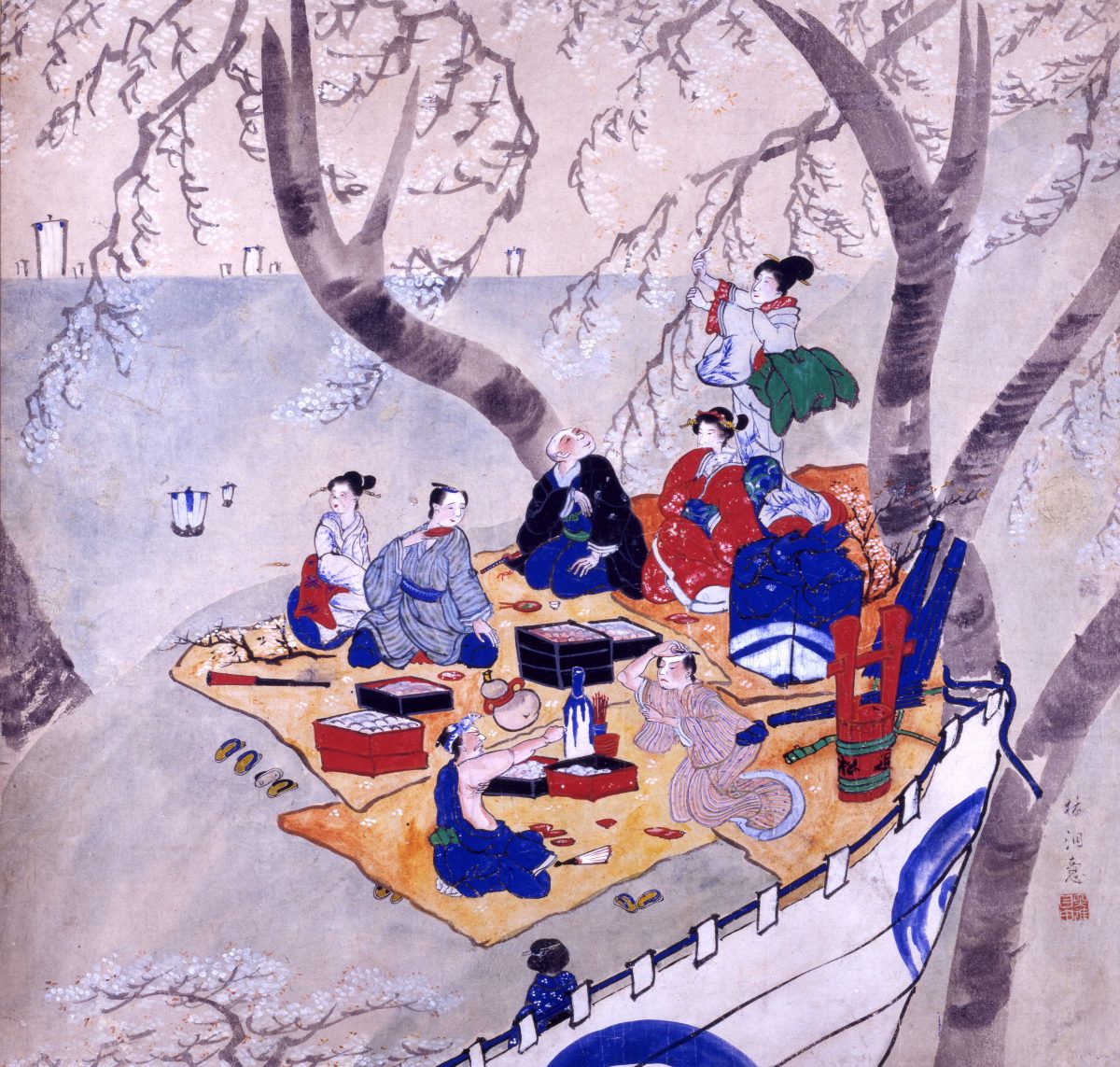
There are several other paintings and calligraphy besides those from the Mikuma school among Sasabe’s collection. One such artwork is titled “Cherry Blossom Feast at Gotenyama” by Hayashi Toui, which we introduced in a past article. Sasabe stated in his notes that “the identity of Hayashi Toui is unknown”. In actuality, Hayashi Toui was a painter whose real name was Hirose Kinzo from the Tosa Domain (present-day Kochi Prefecture), also known by the nickname ‘Ekin’. Toui once worked as a painter in the service of the Tosa Domain’s retainer. Once Toui’s identity was revealed, his connection to Gotenyama, the place which is depicted in the picture, becomes apparent. Gotenyama was located in present-day Shinagawa Ward, Tokyo, where the Tosa clan’s residence was. The residence was used to store goods sent from Kunimoto (the domain of a feudal lord, in this case, the Tosa clan), and as a villa for the feudal lord’s family and a place of entertainment. It is said that Toui followed the daughter of Yamauchi Toyokazu, the 10th lord of the Tosa Domain, to Edo (present-day Tokyo), where he studied at the Kano school. The scenery of cherry blossoms at Gotenyama, near the Tosa Domain’s residence, may have been a familiar sight to Toui.
呉春〈花字蝶図〉-340x1200.jpg)
Because the title of this article is “Paintings and Calligraphy”, we would also like to introduce a work of calligraphy titled “The Letter Flower with a Butterfly”. In this work, you can see a butterfly depicted on the right side of the letter flower. Although simple, it creates the illusion of a butterfly resting on the petals of a blossoming flower. This must be the skill of the painter Goshun, the founder of the Shijo school in the mid-to-late Edo period (18-19th centuries).
The Sasabe Sakura Collection also includes calligraphy and paintings of waka poems and Chinese poetry about cherry blossoms, as well as rubbings of monuments (ink copies of characters and patterns carved in stone or other media) describing the origin of cherry blossoms in local regions. Please look forward to seeing our large collection of Mikuma school cherry blossom paintings at the spring exhibition scheduled to open on Saturday, March 18.
Our next article will be posted on April 15.


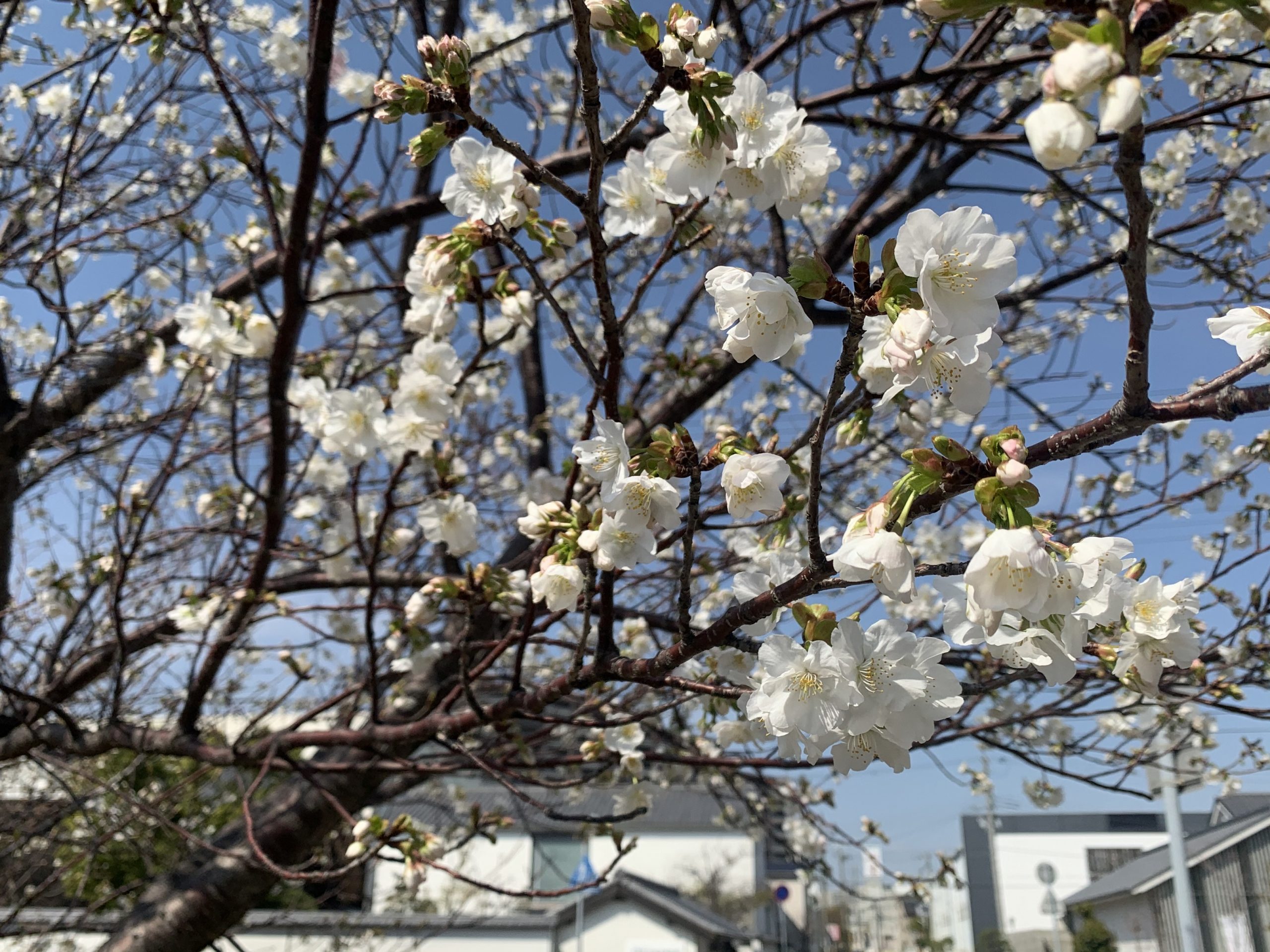
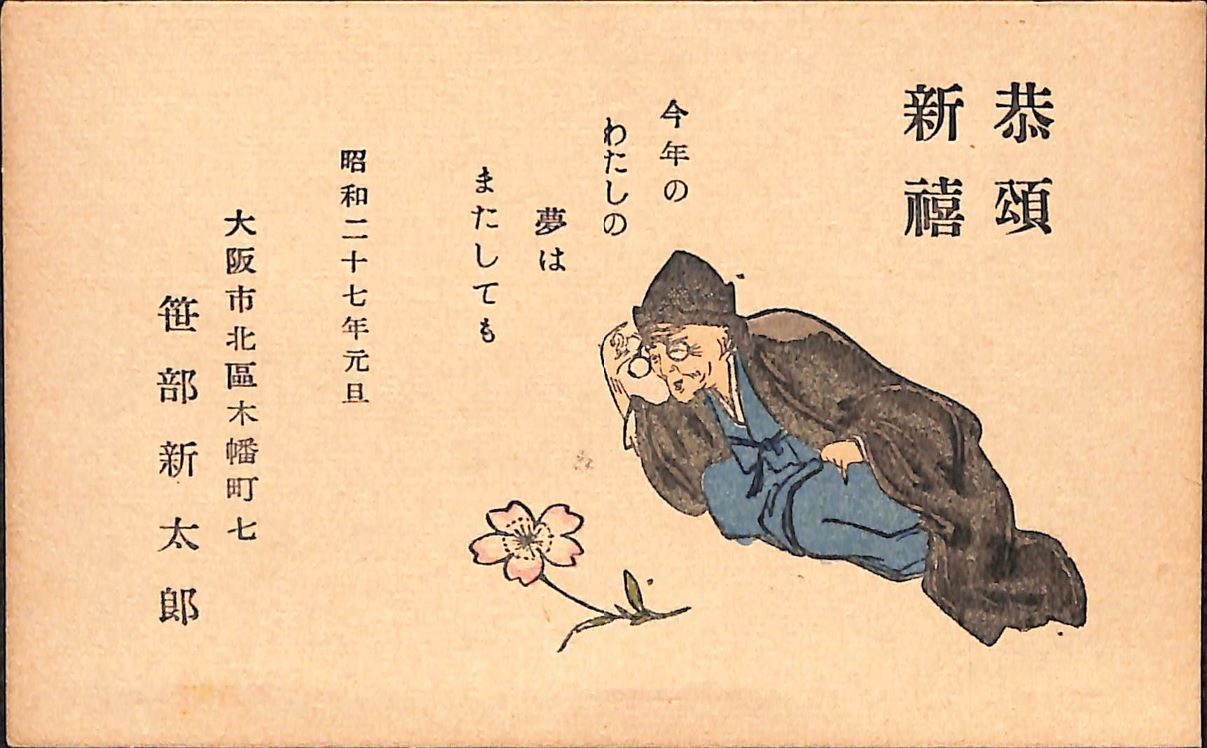
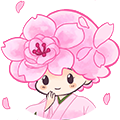
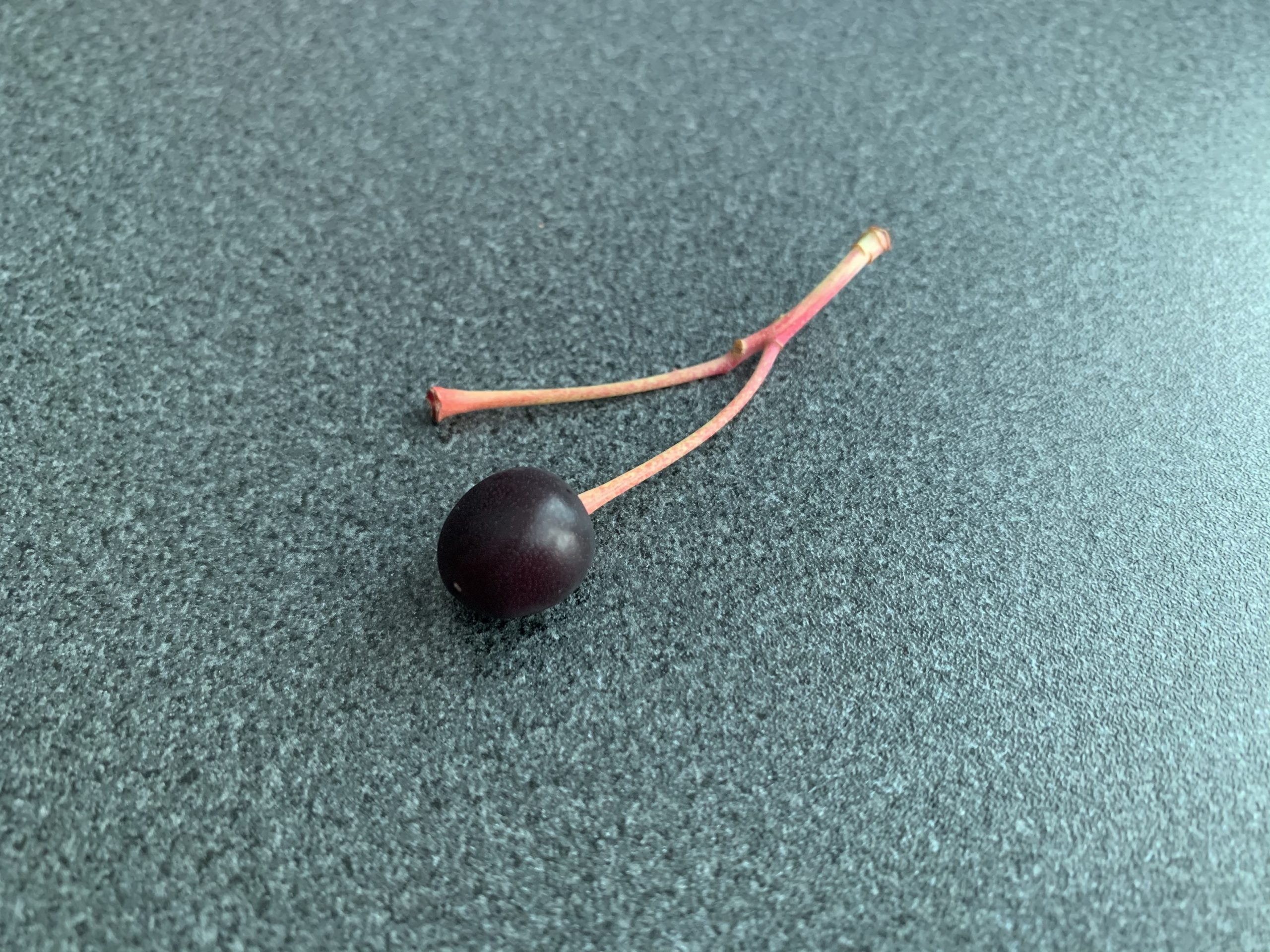


I can’t wait to see all the cherry blossoms in full bloom!